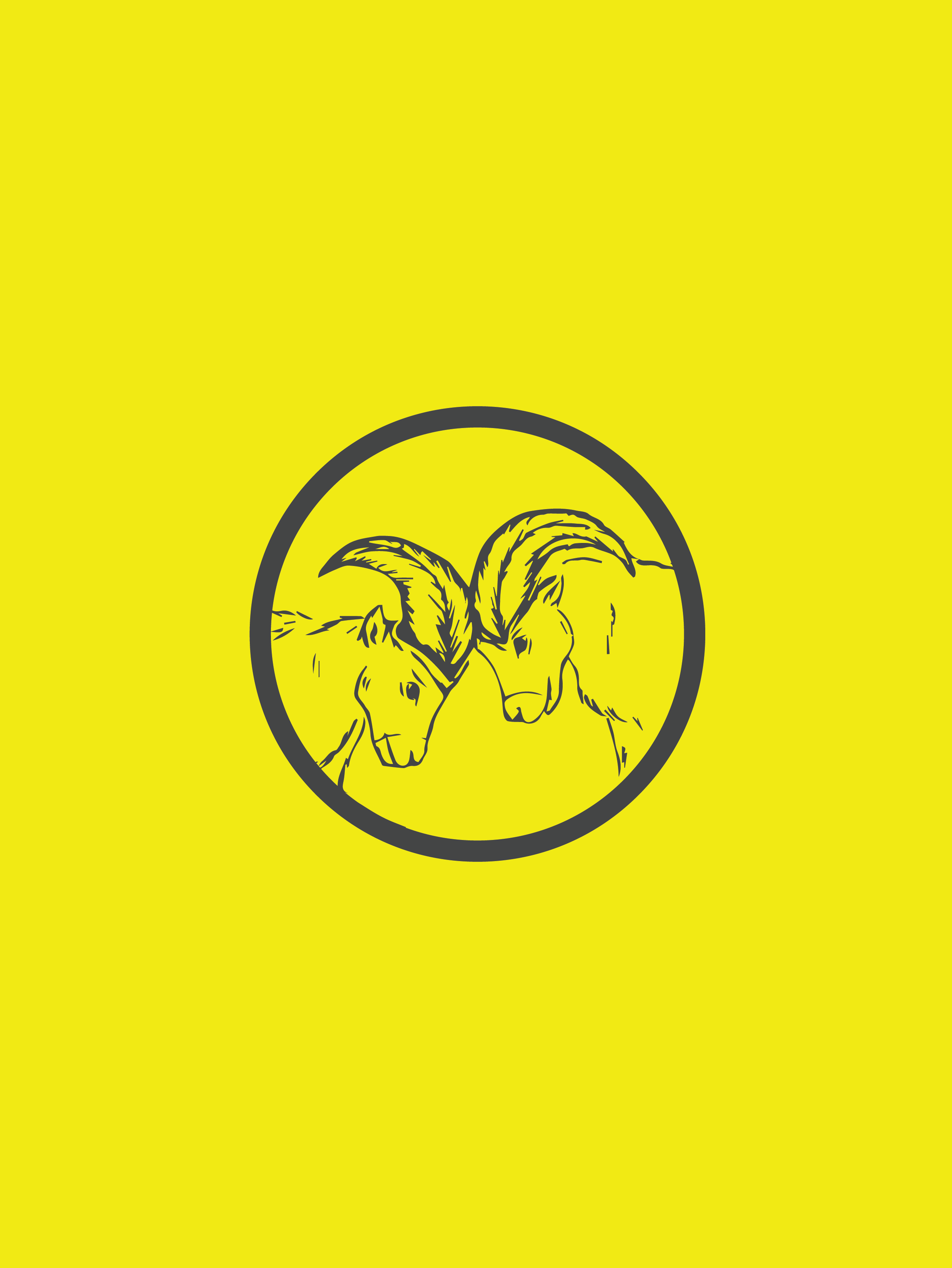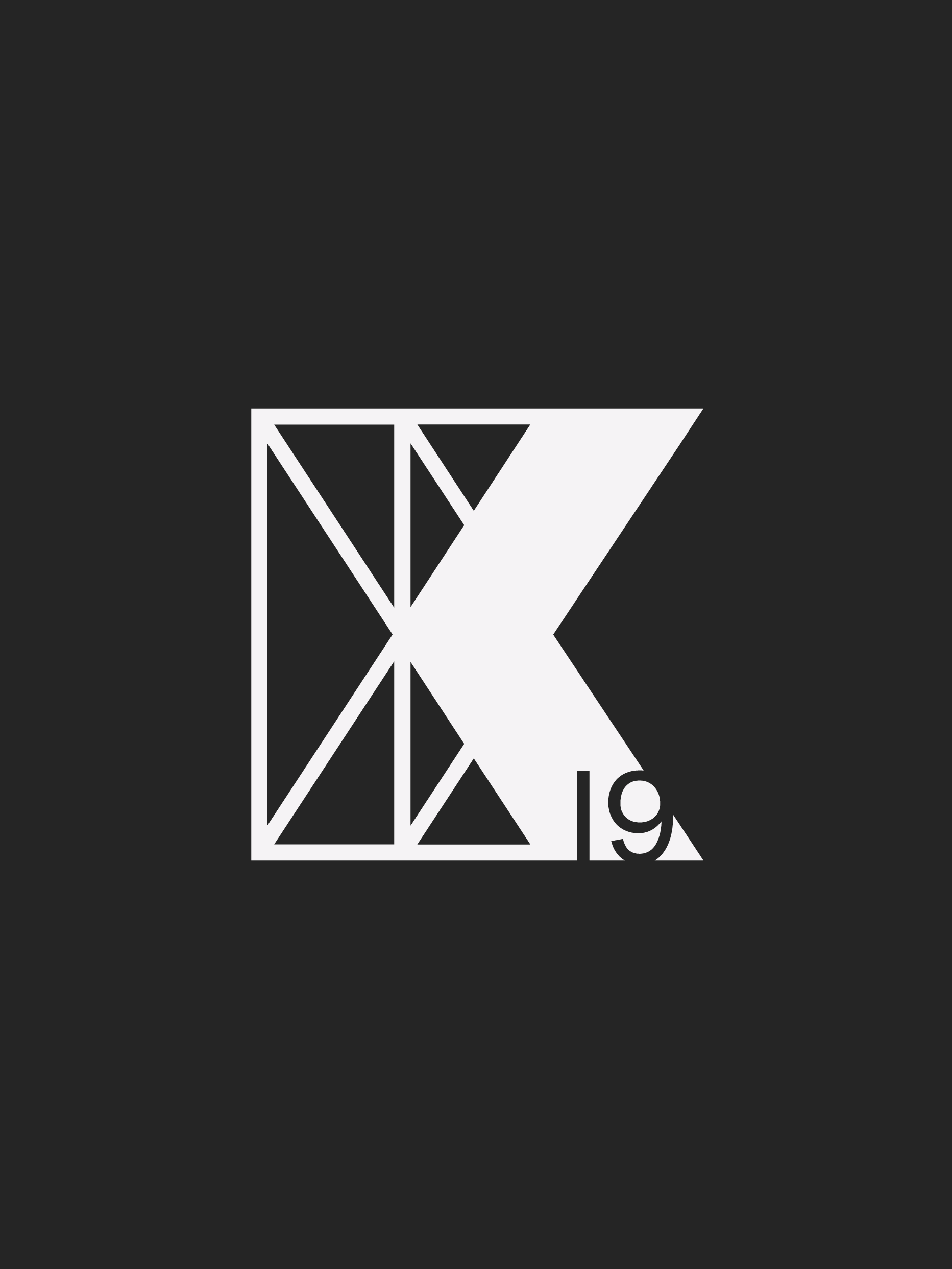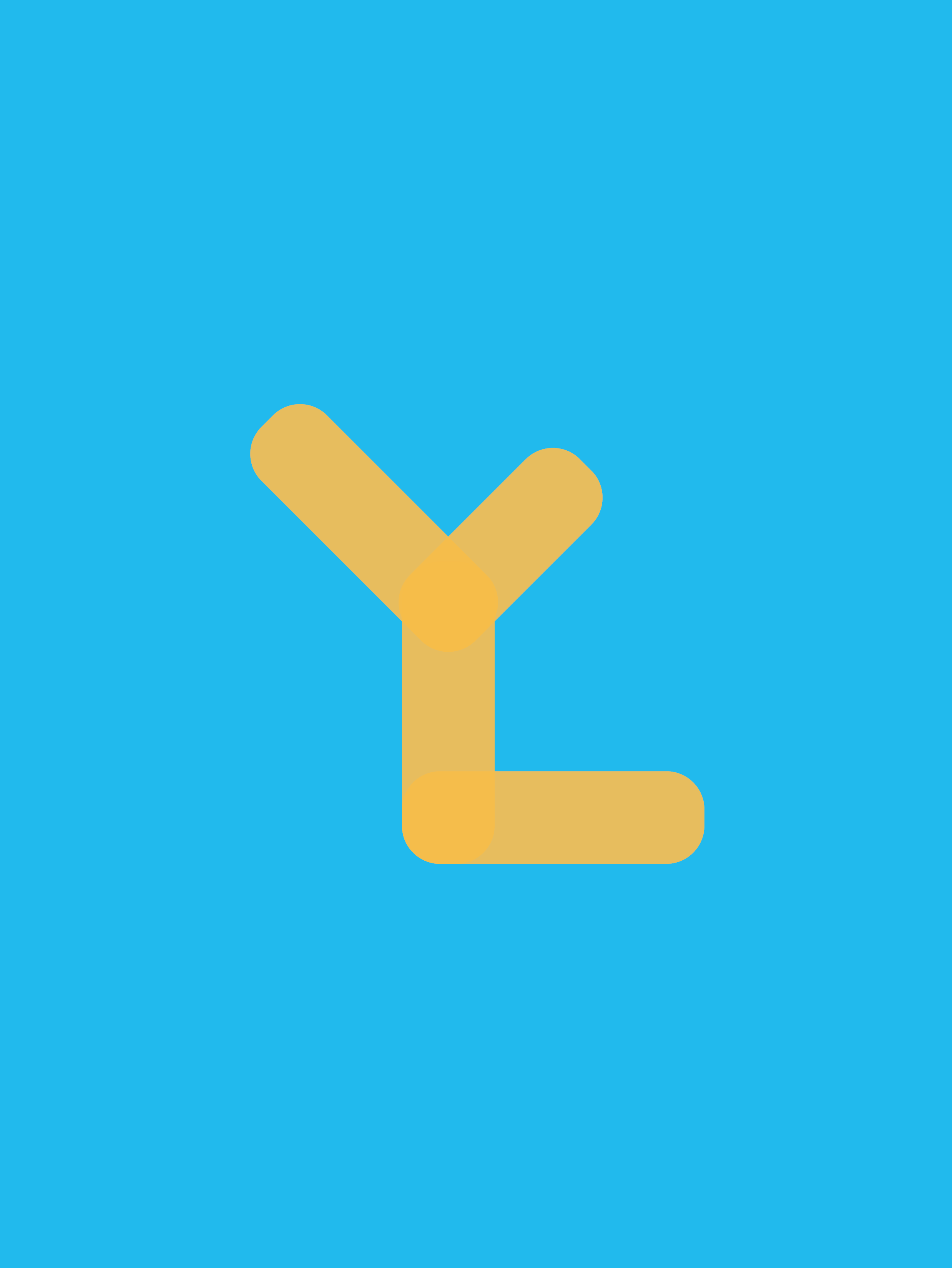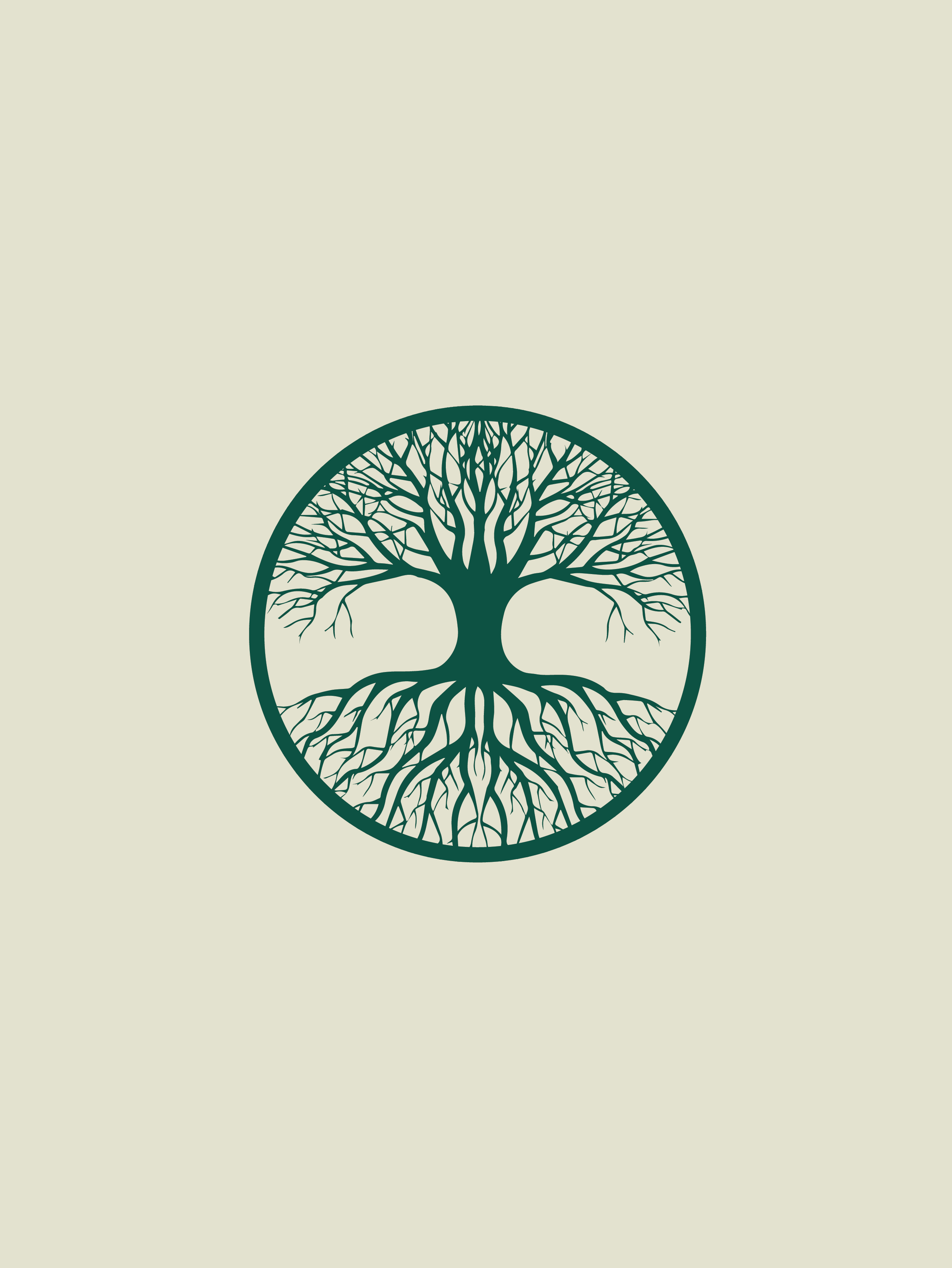SPARK
A habit tracking app with adaptive goal setting and custom metrics for success.
Role: Project owner
Methodologies: User Experience Design, User Interface Design
Context: Personal project
Date: Sept 2018 - 3 Weeks
THE ASK
I wanted to design an app that enables people to quantify the impact of their habits on their health. The challenge was that habit tracking often uses the consistency at which a task is performed as the metric for success, such as doing yoga 20 days in a row. Wouldn’t it be more valuable to track how flexibility changes based on the amount of yoga done over time?
Initial Research
I conducted secondary research to gain a better understanding of the habit tracking and habit forming space. Studies show people have difficulties maintaining their positive habits. Only 40% of people keep their new year’s resolution as long as 6 months and only 8% of people turn their resolution into a long-term habit.
Many habit applications are able to increase habit repetition, but hinder long term habit development. When apps show metrics based on the frequency of habit completion, this becomes the reward in the feedback loop. When the app is removed, or the streak lost, there is no foundation for the habit action to be continued.

Today
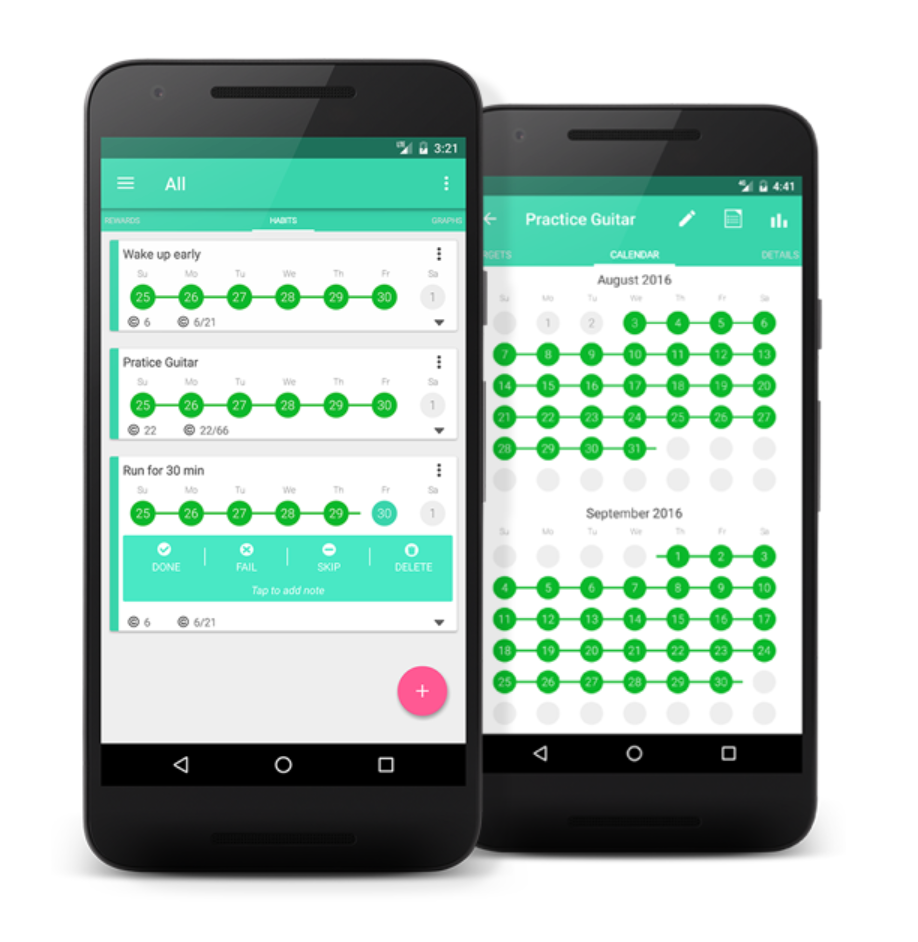
Habithub
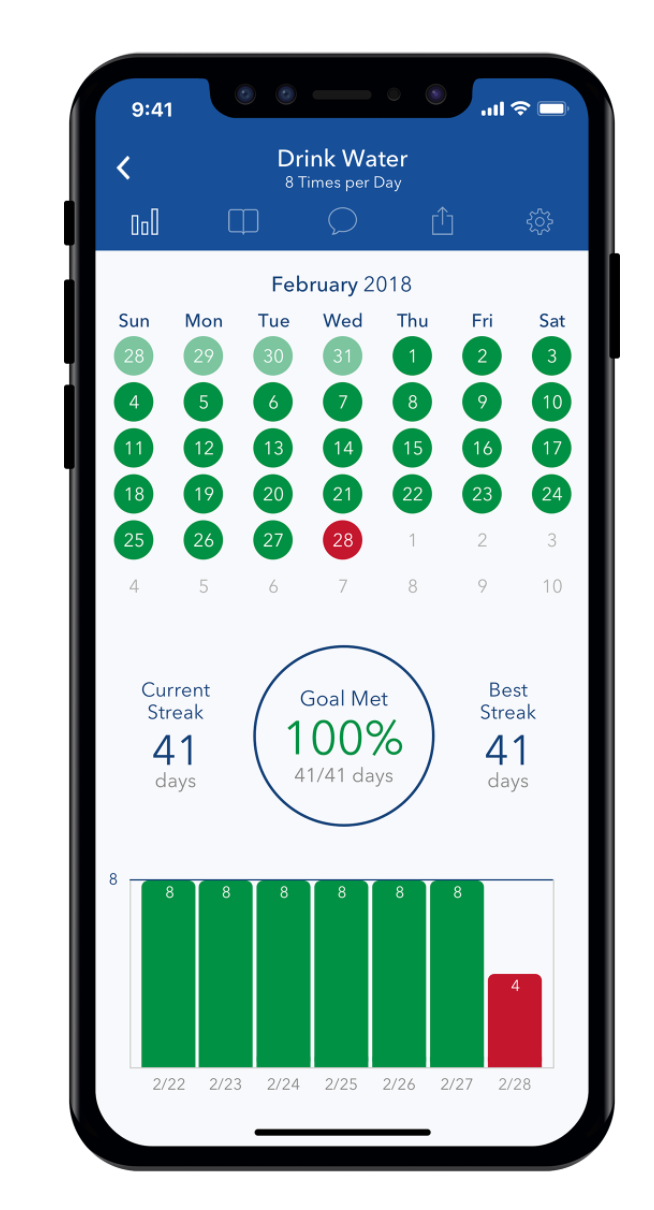
Strides
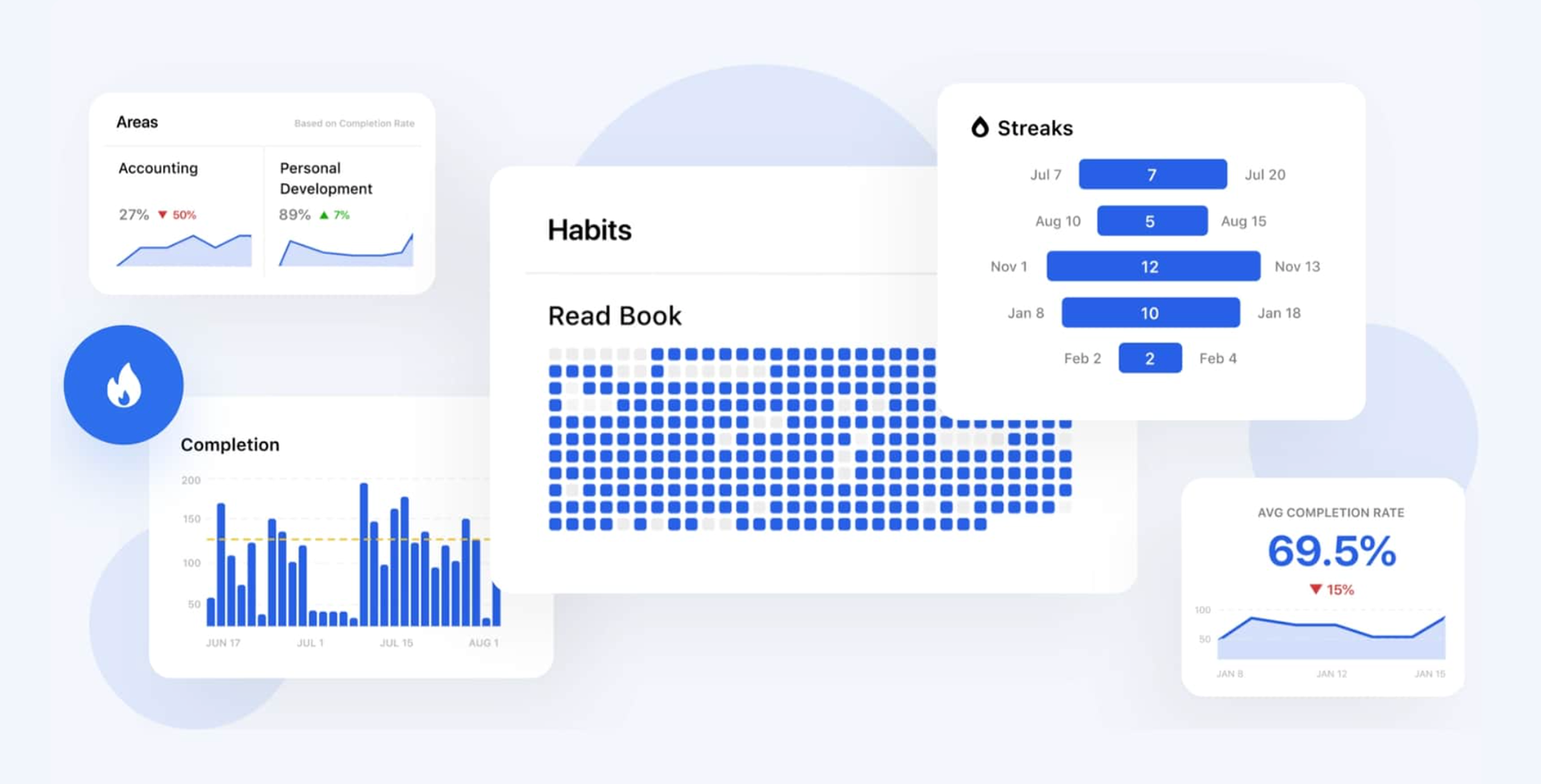
Habitify
Surveys
I conducted qualitative user interviews with my target audience based on the initial research to see how they engage with apps and habit formation. From the results I made 3 personas and outlined their experiences with habit formation through journey maps.
Ideation
From my personas and journey maps I identified two key opportunities for improvement: connecting habit formation with desired outcomes, and removing the feeling of failure. I brainstormed functionality that would align with these principles, and created a flow chart from these elements.
Functionality Testing
I developed a series of sketches which represented key functionality. I ran a participatory design session with 8 potential users. Through this process the concept of adaptive goal setting was brought up. Users voiced a desire to have the ability to set and track streak goals, but wanted flexibility as well. We came up with a function that would take into account the concept of a busy week that would instead of showing users failing goals, adjusting goals on the fly to keep them motivated.
Wireframes
I worked these features into digital wireframes. I ran another user engagement session with these wireframes and got valuable insight into areas for improvement. This included adding more action visual cues, and developing more contrast for information hierarchy.
PROTOTYPE
The final prototype uses all the research I learned throughout the design process. Spark connects users to the reason why they engage in habit formation and provides goal tracking without the sense of failure. This allows users to create a meaningful relationship with their habit progress and provide a spark of perseverance even when the going gets tough.
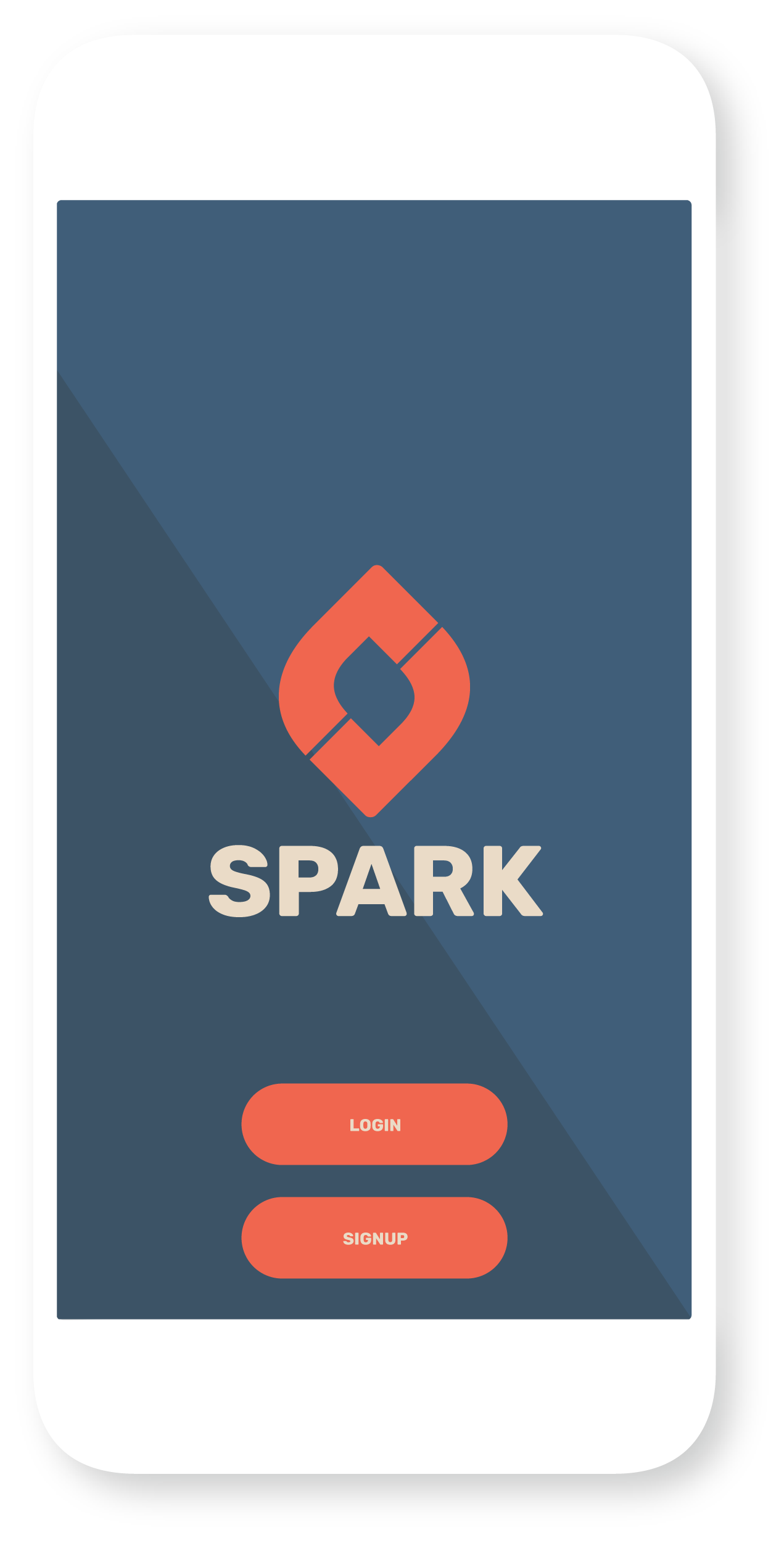
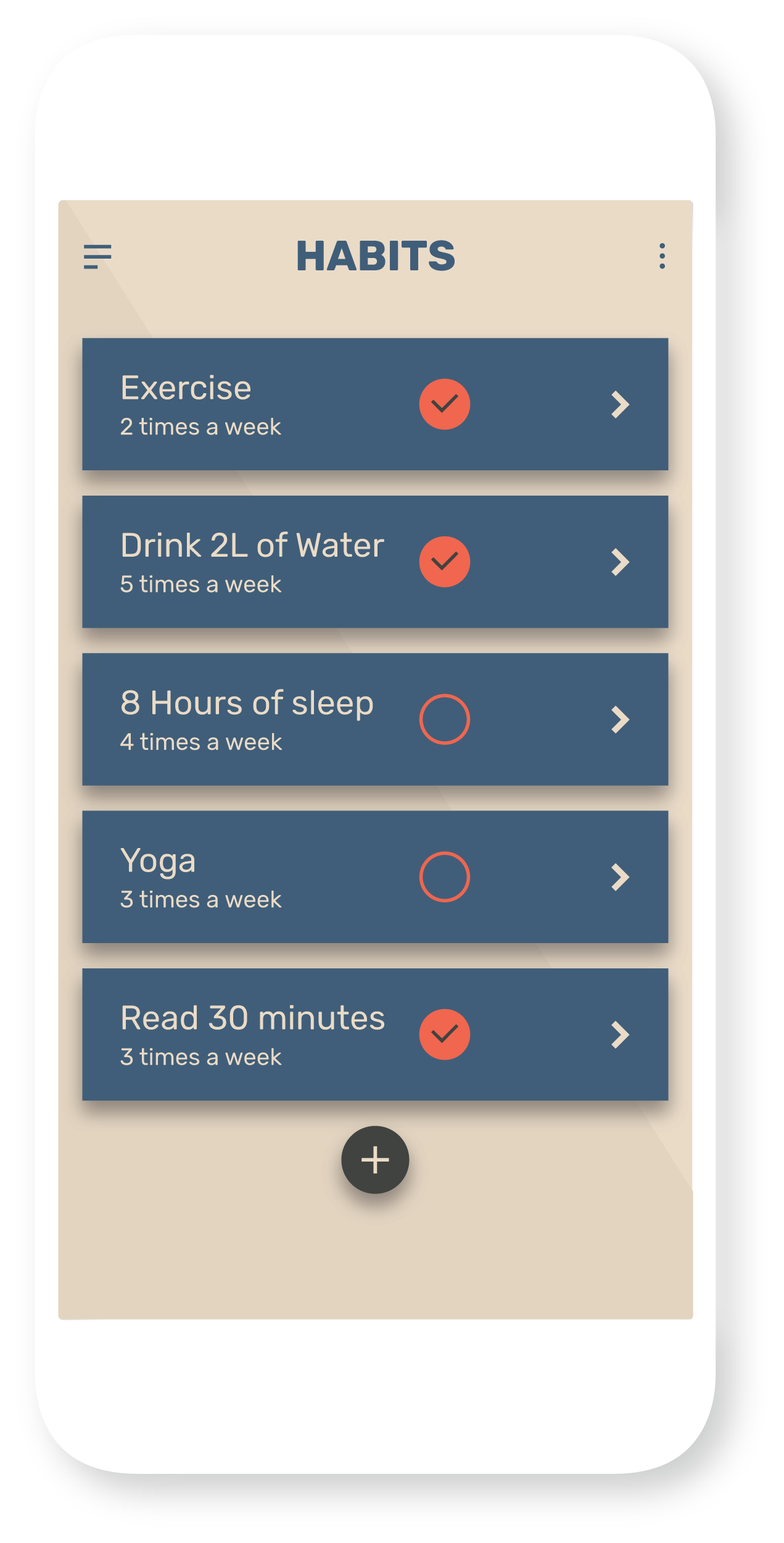
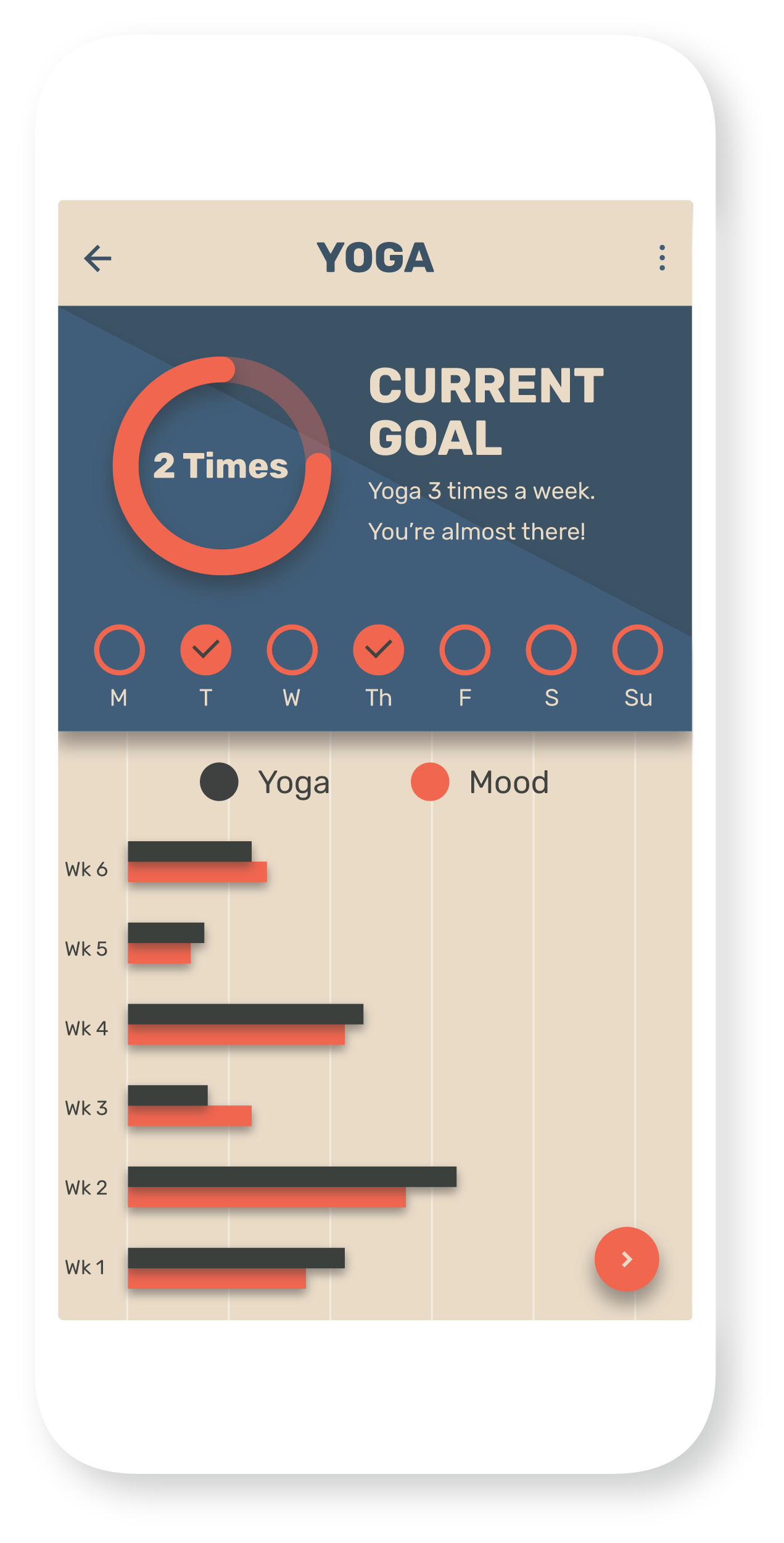
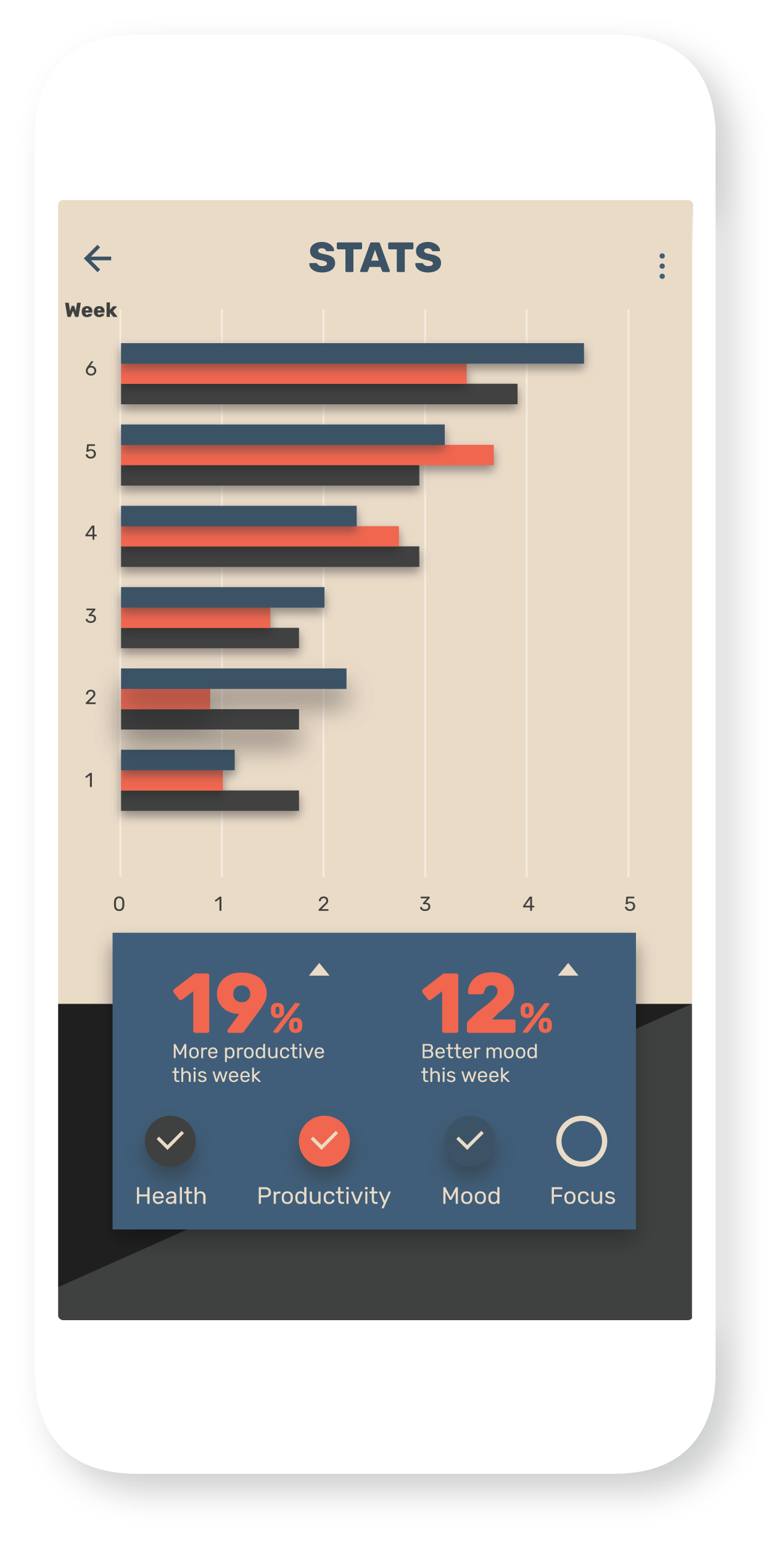
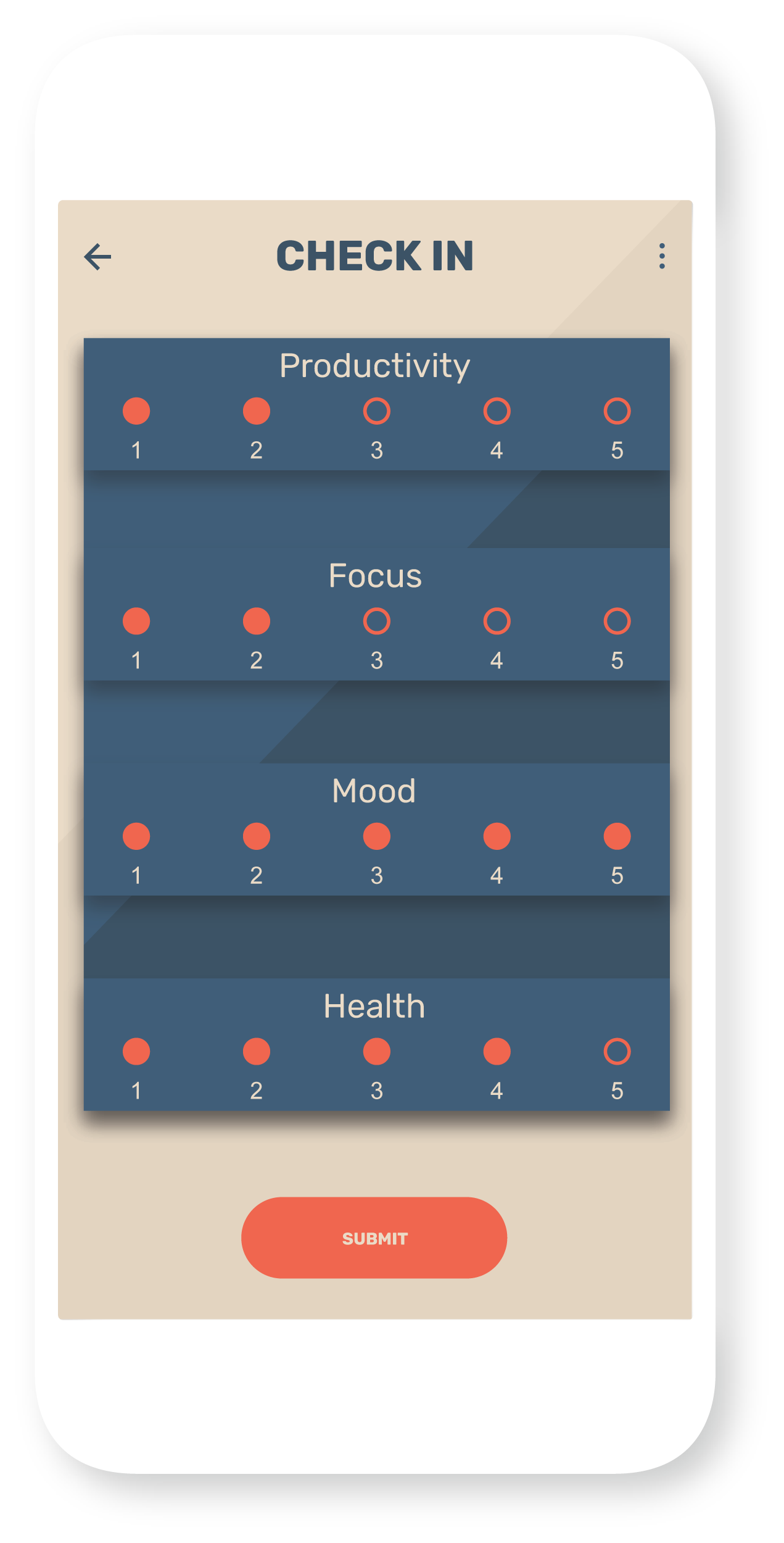
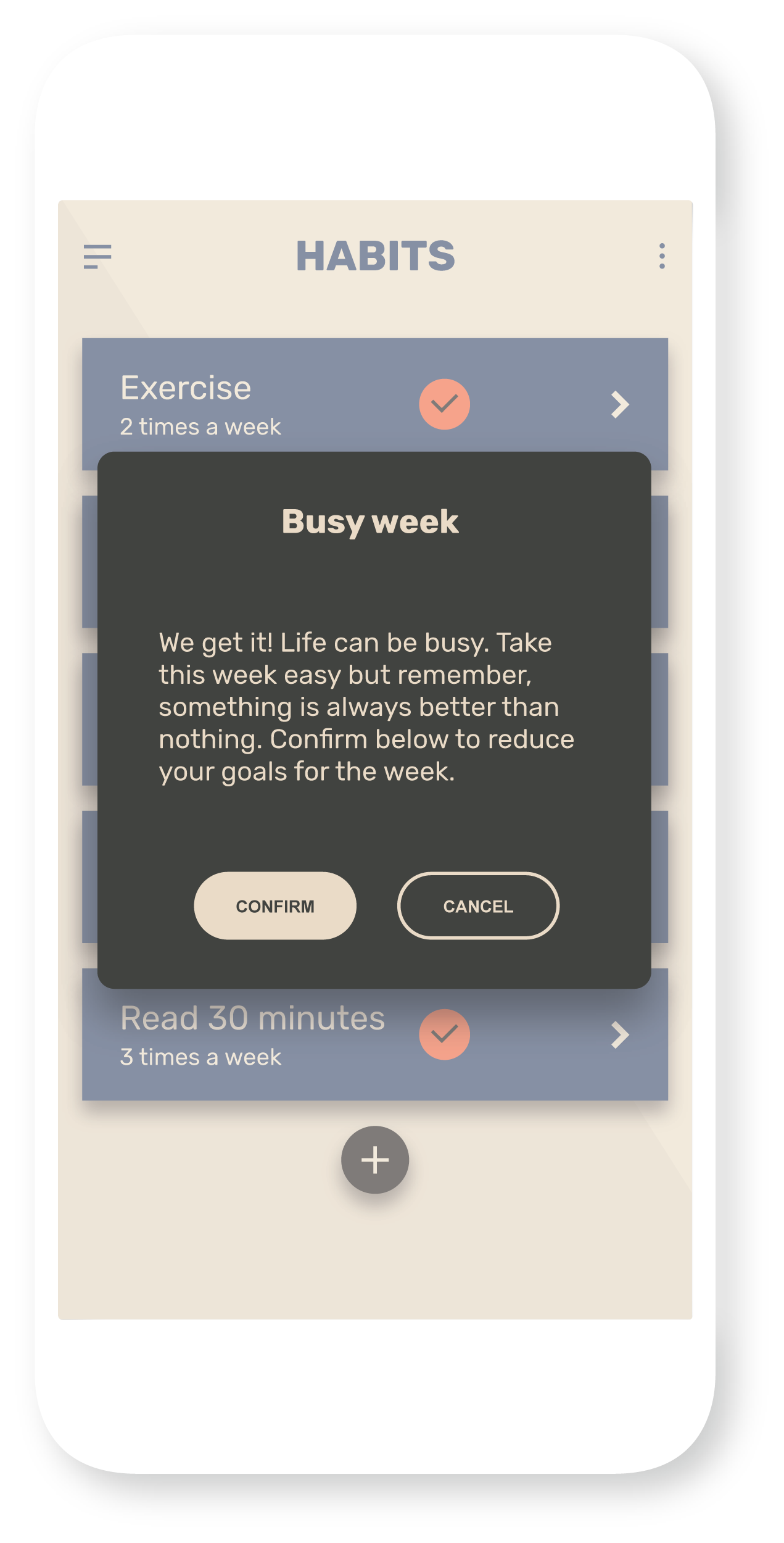
Key Learning & Next Steps
Although this app has not been developed, through a final survey I determined 87% of potential users would try downloading this app. A common theme stated was the ability to define metrics added value to the experience. I learned from this experience how to facilitate user sessions to gain critical feedback. There is immense value in working with users to co-create functionality. Although my initial research led me to see streaks as a negative thing for habits in the long run, it was users that vocalized a way to make those goals both fun and engaging.
If I had more time I would build out knowledge center within the app that would suggest habits and give users information how it should improve their lives. I would continue to do user testing and gain feedback on features. Hopefully, one day I will be able to develop this app a put it in the hands of users.
